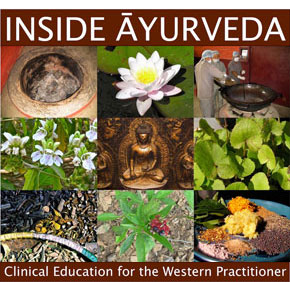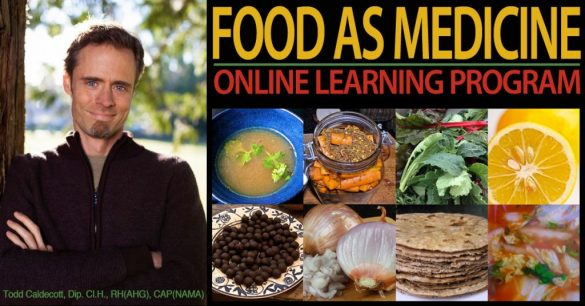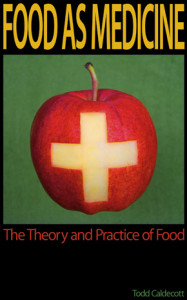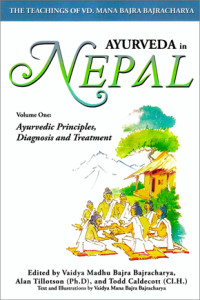In my recent post on my Food As Medicine blog over at Urban Diner, I make the argument that eating meat is not only a normal and natural part of our human diet, but that meat can also serve as a medicine to treat specific diseases. For example, bones and marrow bones can be boiled to make a medicinal broth that supports the health of the joints and nervous system, whereas liver is an excellent food to promote and support detoxification. While meat and animal products serve as a valuable food and medicine, the challenge for many consumers is to make sure that they are getting a reliable source. The term "grass-fed" and "free-range" are bandied around quite a bit, but as neither of these terms are certifiable, they may not mean very much either. In fact, in a survey of egg producers in the US by the Cornucopia Institute, many brands scored well below what I would call an "ideal" measure. In my own research trying to source egg and meat producers here in Canada, I have come to find that … [Read more...]
Q&A: How to get omega 3-6-9s?
What oils are best to get our omega 369s? Before I answer your question directly, let's do a little review. When we talk about dietary fats, most of the time we are referring to triglycerides, which are three fatty acids attached to a glycerol backbone. Sometimes the fatty acids are all the same type, but most often there is some natural variation. Fatty acids are made up of carbon chains bonded to together, and due to the unique properties of carbon, leaves a space on the sides of the carbon atoms to accept hydrogen atoms on either side of the chain. A fatty acid carbon chain with all the side spots filled with hydrogen is a saturated fatty acid, whereas if one spot is empty, the fatty acid is unsaturated. If there is only one spot available, then the fatty acid is a monounsaturated fatty acid, and if there is more than one spot open it becomes a polyunsaturated fatty acid. Where there is no hydrogen bond to the a carbon, the two adjacent carbons will form a weak double bond. … [Read more...]

On the Issue of Sunscreens
For most of us, summer is an easygoing time where we can cast off the burden of winter, dispense with the coats, hats, and boots that clog up the mudroom or front hall, walk barefoot in the grass, and lie in the shade of the trees, meditating on the shapes of the clouds as they pass by. Yet despite what should be a rather pleasant season, for many years we've been told that summer harbours something rather sinister and nearly unavoidable. So much so that government health agencies have instituted warnings and policies, with a rush of companies stepping in to help as responsible corporate citizens.Where it was once celebrated not just as a symbol but as the very essence of fertility, it has now become something to be feared and avoided. Is it some new dangerous drug? Has the mayonnaise gone bad? Has someone adulterated our favourite brand of potato chips? No. It’s something far more powerful—something that, as humans, we don’t control. The sun. The sun is absolutely essential for … [Read more...]

Gut Bacteria Could Be Key Indicator of Colon Cancer Risk
In a paper published by the University of North Carolina the authors suggest that the balance of healthy versus pathogenic bacteria in our gut is an important element in the development of colon cancer. This is only the latest in a continual stream of research over the past decade showing the importance of a healthy gut flora. But the benefit doesn't extend to just the bowel. A quick survey on the database of the National Institute of Medicine will quickly show that these probiotic organisms are not only good for the gut, but are equally important in the proper health of the immune and nervous systems. For me this is only the tip of the iceberg in what will eventually be a melting flood of science demonstrating that the key role to our survival as a species is to work with the natural world, rather than oppose it. This means that the notion that we are somehow separate or different from the environment will be seen for the elaborate charade that it is. Suddenly everything that we … [Read more...]
Q&A: What is Triphala?
Triphala is commonly available as a churna, a finely sieved powder that can be mixed with water, ghee (clarified butter) or honey, but can also be encapsulated for sensitive palettes. There are many methods of preparing Triphala however, including medicated oils, decoctions, confections, and natural fermentations (asava/arishta). TAM designates Triphala as a rasayana, a Sanskrit term given to those medicaments that improve general health and prolong life. For this purpose it is traditionally prescribed for up to a year in doses of 1 – 2 grams taken twice daily, and may even be taken throughout one’s life on a semi-regular basis to cleanse the tissues, strengthen digestion, and sharpen the senses. Care must be taken when purchasing Triphala to ensure that the product is fresh, as churnas (powders) are traditionally said to have a shelf life of no more than six months. Classical Uses for Triphala Triphala is revered among the many other rasayanas for its reliable and balanced … [Read more...]






